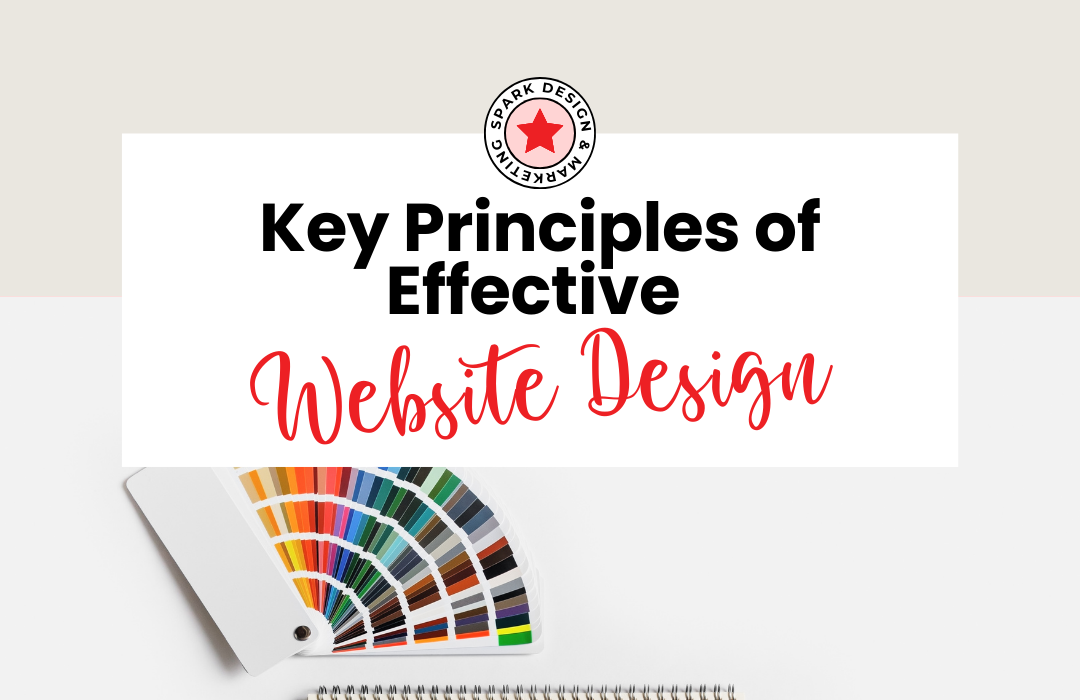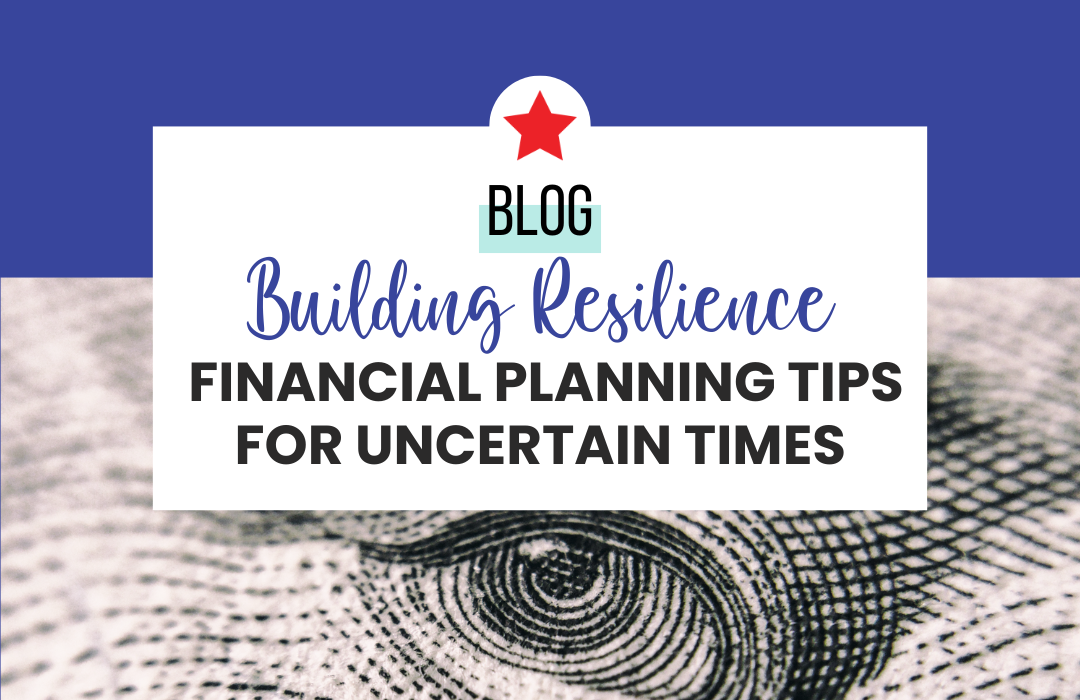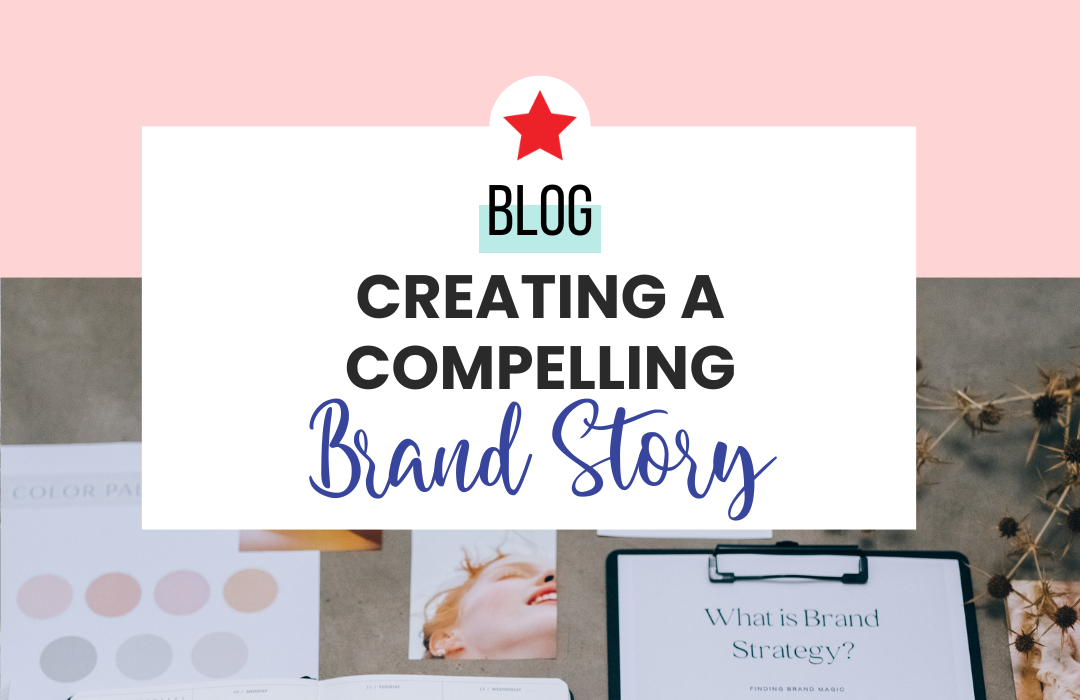[et_pb_section fb_built=”1″ _builder_version=”4.13.0″ _module_preset=”default” global_colors_info=”{}”][et_pb_row _builder_version=”4.13.0″ _module_preset=”default” global_colors_info=”{}”][et_pb_column type=”4_4″ _builder_version=”4.13.0″ _module_preset=”default” global_colors_info=”{}”][et_pb_text admin_label=”Text” _builder_version=”4.13.0″ _module_preset=”default” global_colors_info=”{}”]
The importance of effective website design cannot be overstated. It serves as the digital face of your brand, influencing how visitors perceive your business and determining whether they stay or leave. An effective design combines aesthetics, functionality, and usability, ensuring that users have a seamless experience from the moment they land on your site. This guide covers the essential principles of website design that can help you create an engaging and efficient online presence.
1. User-Centered Designs
Understanding and catering to your audience’s needs is the cornerstone of effective website design. By prioritizing user experience, you can create an intuitive and enjoyable site for visitors.
- Know Your Audience: Conduct research to understand your target audience’s preferences, behaviors, and needs. This understanding helps you design a site that resonates with them.
- User Personas: Create detailed user personas to guide your design decisions. These personas represent your ideal users and their goals.
Regular usability testing is essential to ensure your site remains user-friendly. By continually refining your design based on user feedback, you can maintain high user satisfaction.
2. Clear and Intuitive Navigation
Navigation is a critical component of website design. It helps users find what they’re looking for quickly and easily.
- Simple Menu Structure: Your menus should have a clear, hierarchical structure, which will help users navigate your site easily.
- Breadcrumbs: Implement breadcrumb navigation to help users understand their location within your site. Breadcrumbs are particularly useful for complex sites with many pages.
A well-organized navigation system enhances user experience and keeps visitors engaged. By making it easy for users to find information, you can reduce bounce rates and improve overall satisfaction.
3. Responsive Design
With the growing use of mobile devices, responsive design is no longer optional. Your website should provide an optimal viewing experience across all devices.
- Flexible Layouts: Use fluid grids and flexible images that adjust to different screen sizes. Ensuring your site looks good on any device.
- Media Queries: Apply CSS media queries to tailor various device designs. Media queries allow you to change styles based on the device’s characteristics.
Responsive design ensures your website is accessible and user-friendly on all devices, enhancing user experience and broadening your reach. This approach improves usability and boosts your site’s SEO performance.
4. Fast Loading Times
Website performance is crucial for user satisfaction and search engine ranking. Slow loading times can lead to higher bounce rates and lower engagement.
- Optimize Images: Compress images without compromising quality. Large photos can significantly slow down your site.
- Minimize HTTP Requests: To decrease loading time, reduce the number of elements on your page. Fewer elements mean faster loading.
Ensuring your website loads quickly improves user experience and can positively impact your search engine rankings. By optimizing performance, you keep visitors engaged and reduce the likelihood of them leaving your site.
5. Consistent Design
Consistency in design helps build a cohesive and professional appearance, making your site easier to navigate and more aesthetically pleasing.
- Uniform Fonts and Colors: Use a consistent color palette and font set throughout your site, creating a unified look.
- Consistent Layouts: Use similar layouts for different pages to provide a familiar experience. Consistent layouts help users know what to expect.
A consistent design enhances your brand’s credibility and ensures a seamless user experience. By maintaining uniformity, you make your site more user-friendly and visually appealing.
6. Engaging Visuals
Visual elements can significantly enhance the user experience, making your site more appealing and memorable.
- High-Quality Images: Use professional, high-resolution images relevant to your content. Quality visuals can attract and retain visitors.
- Infographics and Videos: Incorporate infographics and videos to convey information dynamically. These elements can make complex information easier to understand.
Engaging visuals can capture the attention of your visitors and enhance the overall user experience. By using high-quality images and multimedia elements, you make your content more engaging and memorable.
7. Strong Call-to-Actions (CTAs)
Effective CTAs guide users toward desired actions, such as signing up for a newsletter or making a purchase.
- Clear and Compelling Text: Use action-oriented language that clearly communicates the benefit. Your CTAs should be direct and persuasive.
- Prominent Placement: Position CTAs where they are easily visible, such as at the end of content or in the header. Visibility is vital for effectiveness.
Strong CTAs can significantly boost conversion rates by guiding users toward desired actions. By making your CTAs clear and prominent, you increase the likelihood of user engagement.
8. Accessibility
Making your website accessible ensures all users, including those with disabilities, can interact with your content.
- Alt Text for Images: Provide descriptive alt text for images to aid screen readers and make your content accessible to visually impaired users.
- Keyboard Navigation: Ensure all interactive elements can be accessed via the keyboard. This is crucial for users who cannot use a mouse.
Accessibility enhances the usability of your website for a wider audience. By incorporating accessibility features, you create a more inclusive experience and comply with legal standards.
9. SEO-Friendly Design
An SEO-friendly design helps your website rank higher in search engine results, increasing visibility and traffic.
- Optimized Content: Use relevant keywords naturally throughout your content. This helps search engines understand your content.
- Meta Tags: Include descriptive meta titles and descriptions for each page. Meta tags are crucial for SEO.
Implementing SEO best practices in your design can improve your website’s visibility and attract more organic traffic. Optimizing content and meta tags enhances your site’s search engine performance.
10. Analytics and Continuous Improvement
Monitoring your website’s performance and making data-driven improvements is essential for long-term success.
- Google Analytics: Set up Google Analytics to track visitor behavior and site performance. This tool provides valuable insights.
- Heatmaps: Use heatmaps to understand where users click and how they interact with your site. Heatmaps can reveal user behavior patterns.
Regularly analyzing performance data and continuously improving ensures your website remains effective and relevant. Using analytics tools, you can make informed decisions to enhance user experience and achieve your business goals.
Effective website design is a multifaceted process that requires a balance of aesthetics, functionality, and usability. By focusing on user-centered design, intuitive navigation, responsive layouts, and fast loading times, you can create a website that attracts visitors, keeps them engaged, and converts them into loyal customers. Incorporating strong visuals, clear CTAs, accessibility features, and SEO best practices further enhances your site’s effectiveness.
Lastly, remember to continually monitor and improve your site to ensure it meets the evolving needs of your audience. With these fundamental principles, you can create an effective and impactful website for your customers.
[/et_pb_text][/et_pb_column][/et_pb_row][et_pb_row _builder_version=”4.13.0″ _module_preset=”default” global_colors_info=”{}”][et_pb_column type=”4_4″ _builder_version=”4.13.0″ _module_preset=”default” global_colors_info=”{}”][et_pb_code _builder_version=”4.13.0″ _module_preset=”default” global_colors_info=”{}”]
[/et_pb_code][/et_pb_column][/et_pb_row][et_pb_row _builder_version=”4.13.0″ _module_preset=”default” global_colors_info=”{}”][et_pb_column type=”4_4″ _builder_version=”4.13.0″ _module_preset=”default” global_colors_info=”{}”][et_pb_post_slider include_categories=”current” _builder_version=”4.13.0″ _module_preset=”default” global_colors_info=”{}”][/et_pb_post_slider][/et_pb_column][/et_pb_row][et_pb_row column_structure=”1_2,1_2″ _builder_version=”4.13.0″ _module_preset=”default” global_colors_info=”{}”][et_pb_column type=”1_2″ _builder_version=”4.13.0″ _module_preset=”default” global_colors_info=”{}”][et_pb_image src=”https://sparkbusinessconsulting.com/wp-content/uploads/2024/07/July-Blog-Thumbnail-Pinterest-Pin.png” title_text=”July Blog Thumbnail (Pinterest Pin)” _builder_version=”4.13.0″ _module_preset=”default” global_colors_info=”{}”][/et_pb_image][/et_pb_column][et_pb_column type=”1_2″ _builder_version=”4.13.0″ _module_preset=”default” global_colors_info=”{}”][et_pb_image src=”https://sparkbusinessconsulting.com/wp-content/uploads/2024/07/July-PIN-Quote-White.png” title_text=”July PIN Quote-White” _builder_version=”4.13.0″ _module_preset=”default” global_colors_info=”{}”][/et_pb_image][/et_pb_column][/et_pb_row][/et_pb_section][et_pb_section fb_built=”1″ _builder_version=”4.13.0″ _module_preset=”default” global_colors_info=”{}”][/et_pb_section]









